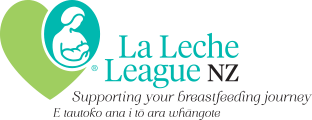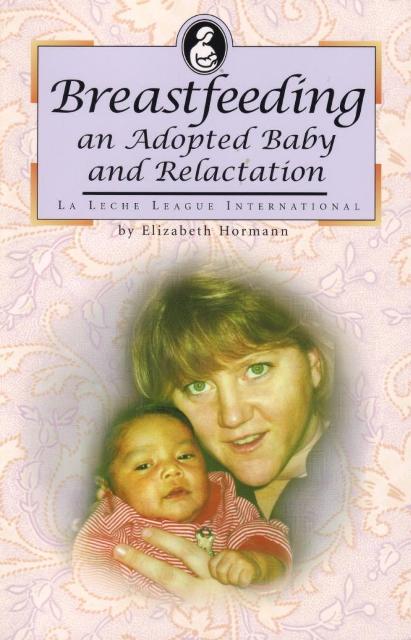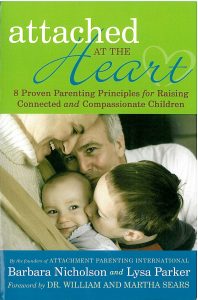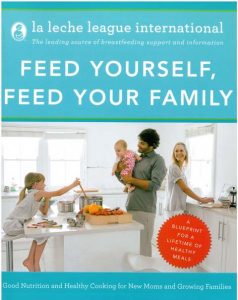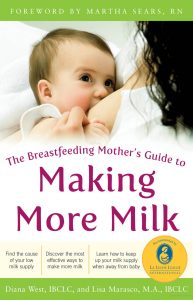This would be a good initial book for women to read if they are thinking about breastfeeding an
adopted baby, if only to help them decide whether or not induced lactation is for them. The
author doesn’t pretend that adoptive breastfeeding is easy, nor that there is any guarantee of
success. She counsels that it is better to want to do it for the skin-to-skin contact, better hand-eye
coordination and good facial and jaw development than for the best nutrition, prevention of
allergies, the simplicity of breastfeeding, or as the only way to bond with an adopted baby. While
there are reported instances of women in developing countries building up a full supply of breast
milk for their adopted babies, this is rarer in developed countries – or maybe in countries where
breastfeeding is still not the cultural norm.
The book covers topics such as how lactation works, preparing for adoptive breastfeeding, the
effectiveness or otherwise of various galactagogues, supplementing, special situations (such as
breastfeeding adopted multiples, tandem nursing and breastfeeding a foster baby), and where to
get support for adoptive breastfeeding.
As this is an English edition of a German book, published by LLLI, many of the resources are US
ones, in particular the list of milk banks (there are currently no milk banks in New Zealand),
although the other resources do include web pages which are accessible to all.
Original review, printed in Aroha Volume 9 Number 3
Breastfeeding an Adopted Baby and Relactation
By Elizabeth Hormann
La Leche League International, USA, 2006
Reviewed by Rosemary Gordon, LLLNZ
